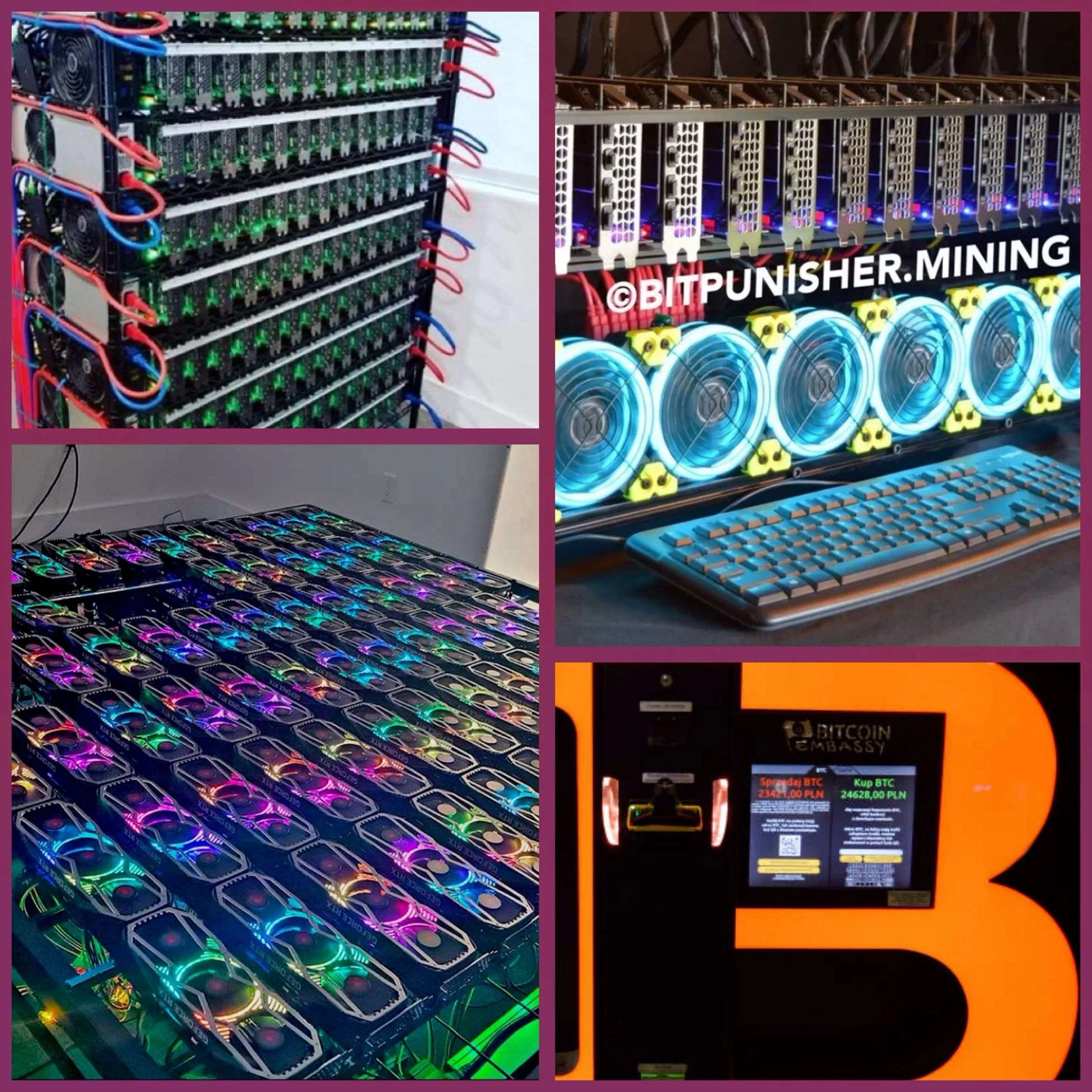How do we control huge amount of heat and sound in bitcoin mining? and
Introduction
Bitcoin mining operations indeed generate significant heat and noise, primarily due to the high-powered computing equipment and cooling systems required. These issues can pose challenges for creating a safe and secure working environment. However, there are several methods employed to control and mitigate these problems.
Heat Management
Bitcoin mining rigs produce substantial amounts of heat as a byproduct of their intensive computational processes. To maintain a safe working environment and protect the equipment, effective heat management is crucial.
Cooling Systems
Air Cooling: This is the most common method, using high-powered fans to circulate air and dissipate heat.
Liquid Immersion Cooling: An advanced technique where mining hardware is submerged in a non-conductive liquid that absorbs heat, significantly reducing noise and improving cooling efficiency.
HVAC Systems: Large-scale operations often employ industrial HVAC systems to regulate temperature and humidity.
Facility Design
Proper Ventilation: Mining facilities are designed with adequate airflow in mind, often using exhaust fans on one wall and intake louvers on the opposite wall.
Heat Recycling: Some operations repurpose the generated heat for other uses, such as heating buildings or greenhouses.
Noise Control
The noise produced by Bitcoin mining operations, primarily from cooling fans, can be significant and disruptive. Various strategies are employed to minimize this issue:
Sound Reduction Techniques
Acoustic Barriers: Installing sound-absorbing walls or enclosures around mining equipment.
Fan Upgrades: Replacing stock fans with quieter, more efficient models can significantly reduce noise levels.
Vibration Dampening: Using anti-vibration mounts or pads to reduce noise from equipment vibrations.
Soundproofing Enclosures: Custom-built or commercial enclosures designed to absorb and contain sound.
Location Strategies
Remote Siting: Placing mining operations in less populated areas to minimize impact on communities.
Underground Facilities: Some operations are housed in underground locations, which naturally dampen noise.
Safety Measures
To ensure a safe working environment, additional precautions are taken:
Personal Protective Equipment: Workers are provided with hearing protection when working in noisy areas.
Air Quality Monitoring: Regular checks are conducted to ensure proper ventilation and air quality.
Fire Safety: Installation of fire suppression systems and use of fire-resistant materials in construction.
Electrical Safety: Proper insulation and grounding of electrical systems to prevent accidents.
Environmental Considerations
While focusing on internal safety, responsible mining operations also address broader environmental concerns:
Energy Efficiency: Implementing more energy-efficient mining hardware and cooling systems.
Renewable Energy: Some operations are transitioning to renewable energy sources to reduce their carbon footprint.
Noise Pollution Mitigation: Working with local communities to address noise concerns and implement solutions.
Conclusion
By implementing these measures, Bitcoin mining operations can create safer, more secure working environments while also addressing community and environmental concerns. However, it’s an ongoing process that requires continuous monitoring and adaptation as technology and regulations evolve.






